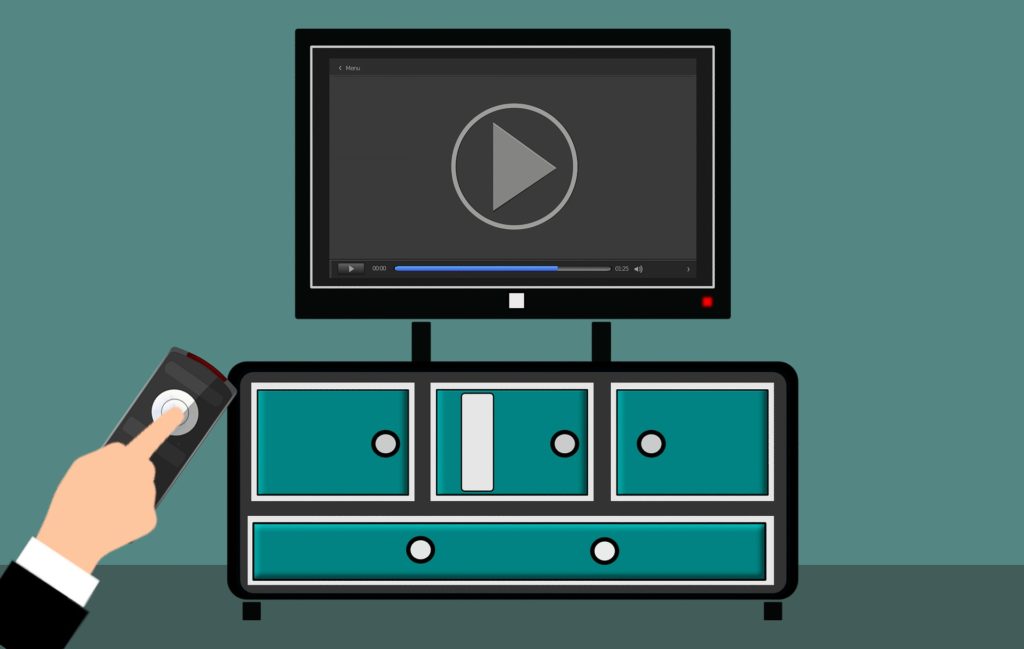Parks Associates today released a new whitepaper, Optimizing the Smart TV Experience, which finds more than 50% of US broadband households own at least one smart TV, making the smart TV the primary platform for video services at a time when content consumption is increasing dramatically. The whitepaper, developed in cooperation with Applicaster, highlights the evolution of video and the TV in the home and the role of technology in pushing the smart TV further to the forefront of the in-home video viewing experience.
“The smart TV continues to improve its perceived value across a variety of key features and technologies,” said Steve Nason, Research Director, Parks Associates. “Smart TVs are steadily improving their scores in ease of navigation and ability to find content or discover new apps, supplanting other video devices in the house to become the main source for video content. Enhancements such as an improved UX come at an important market inflection point, where consumers are watching more video at home while also cutting the cord on paid TV, leaving them to search for content on their own, across multiple services.”
“We’ve seen broadcasters incorporate smart TVs and connected devices more and more into their app strategy, and those that have are seeing a huge uptick in overall consumption and user engagement,” said Jonathan Laor, Co-founder and CEO, Applicaster. “Over the past few months we’ve also seen end users going to their mobile devices for subscribing to new services, and a dramatic increase in their consumption on TVs, making TVs the new champions of viewer retention.”
Parks Associates finds that from the first quarter in 2019 to the first quarter in 2020, more than six million US broadband households cut the cord on their traditional pay-TV service, primarily transitioning to OTT services or broadcast TV via antennas for video content. The COVID-19 crisis has further changed how households are consuming video from both a device and a service perspective, and its impacts will continue even as states lift shelter-in-place orders. US broadband households are consuming on average more than 20 hours of video content weekly on the TV, an increase of nearly 40% from 2017.
“When looking specifically at online video content, the smart TV is the only measured device seeing a year-over-year increase as the primary streaming video device,” Nason said. “Nearly one-third of US broadband households cite a smart TV as their primary streaming video device, nearly double the rate of streaming media players and computers.”
Optimizing the Smart TV Experience highlights the impact of COVID-19 and disruption on video consumption and the future state of the smart TV experience. It also addresses the importance of integrating a video offering within the smart TV app ecosystem to help drive content discovery and create an optimal user experience that better attracts, engages, and retains video customers.
Also on Coast to Coast
-
Unpacking the Most Popular Video Games of the Holiday Season with Kia Malone
-
Episode 24 of Coast to Coast: Oscars Excitement & the Best of Sprouts with Nutritionist Cara Harbstreet
-
Monster Energy Celebrates the Launch of New Flavor in Venice
-
Coast to Coast Checks out CES 2024!
-
A New Use for AI with iStock by Getty Images
